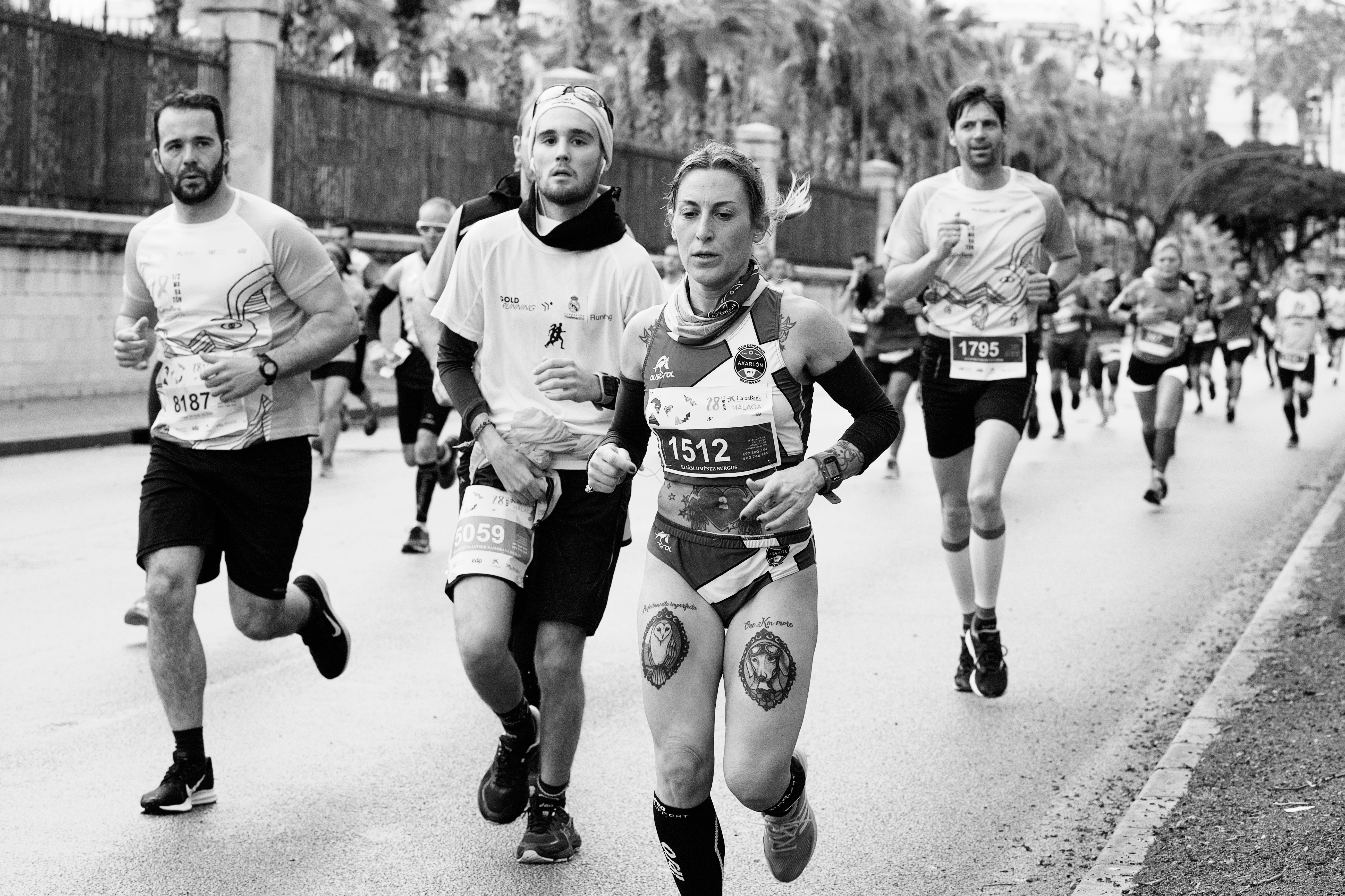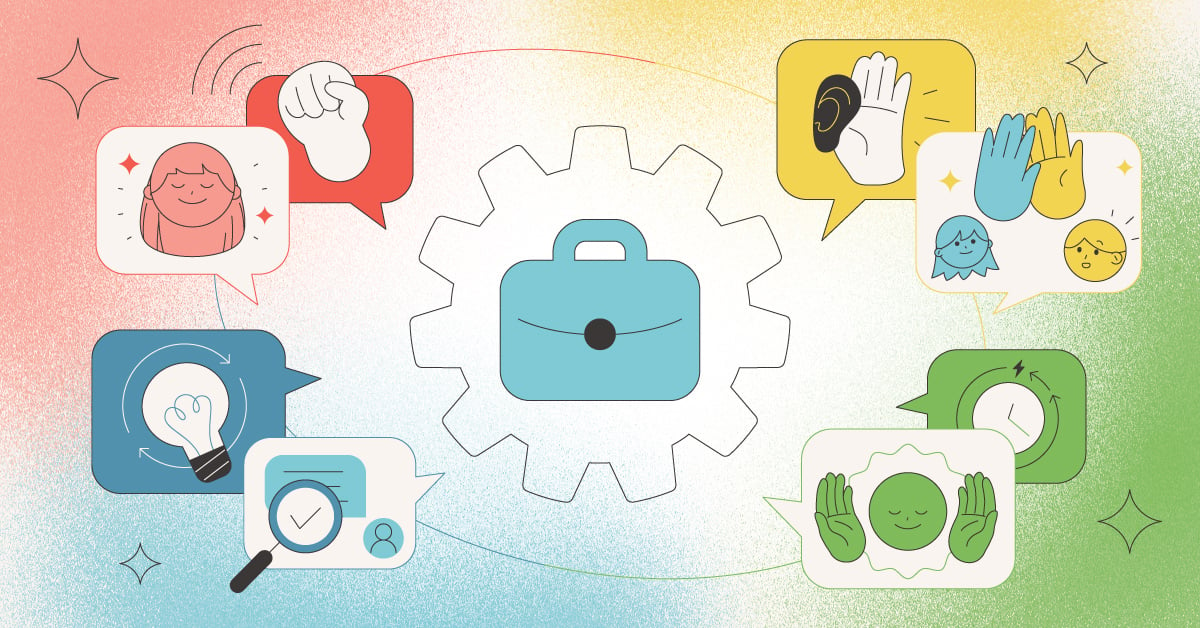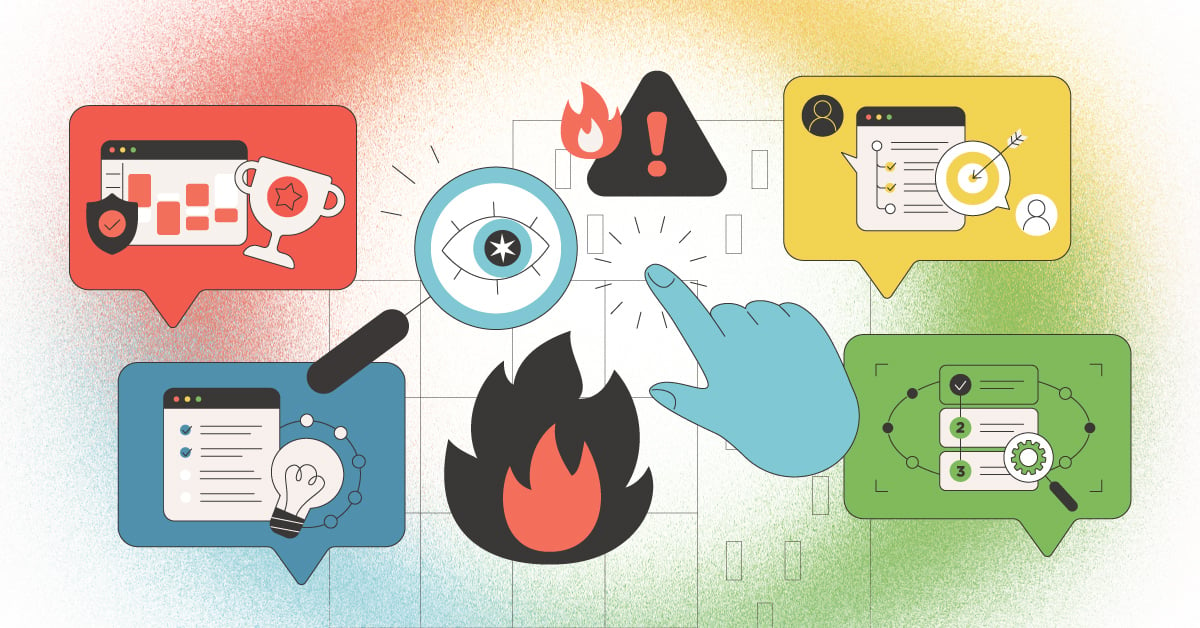
Have you ever been in a room with others where everyone seems to be operating at different speeds; some with a definite sense of urgency while others appear slow and calculated? Depending on your perspective, have you just wanted to shout “slow down” or “speed it up?”
The pace at which someone operates naturally is closely tied to their predominant behavioral style. Certain styles tend to move quicker than others. Speed doesn’t imply an advantage or disadvantage since moving fast has just as many drawbacks as it has advantages.
Four unique behavioral styles exist in the study of DISC, and each will operate uniquely from the others. Next time you’re in a room full of people, observe the movement. You may be able to identify different behavior styles through this simple observation.
What is DISC
While four unique behavioral styles exist in the DISC model, most people have characteristics of all four styles, with one being more dominant than the others. We refer to the most dominant style as the person’s primary style.
The four DISC styles are Dominance, Influence, Steadiness and Compliance. Characteristics of each individual style influence the pace at which people typically operate in a natural state.
Dominance
The D of DISC is called Dominance. A person possessing this behavioral style will tend to be fast paced a majority of the time. Direct in their communication, a high-D may show signs of impatience when things are moving at a slower pace.
D’s will enter and exit a room quickly and usually deliver their message in bullet points, rather than in full conversations. Being direct has its advantages and disadvantages. D’s get straight to the point quickly. However, they can be misinterpreted as being cold and non-personable when communicating with someone on the other end of the spectrum who isn’t comfortable with their fast pace or direct communication style.
Influence
The I stands for Influence, and that’s because it’s what this person does. The I is drawn to people and loves to communicate. Fast-paced like the D, the I tends to communicate less directly, often employing softening statements to keep the conversation more personal. This is because while the D focuses on the task, the I’s main concern is the person.
No conversation is too long for the Influencer who will start talking the minute someone else enters the room. When doing business with an Influencer, always break the ice with casual conversation before getting down to business. Without the icebreaker, the Influencer may feel uneasy or not yet ready to focus on the business at hand.
Steadiness
Those possessing a Steadiness behavioral style favor a slow and steady pace. In fact, they crave it. If a D or I were to barge into a room and start just talking, they would likely catch the S off-guard making them uncomfortable.
The S always seeks out the best approach when encountering any social setting, from entering a room to joining a conversation. People-centric like the I, the S moves at a much more casual pace. An indirect communicator, the S can be possessive of things they hold dear. Of all the styles, the S is the hardest to read because they are the best chameleons, often adapting to the style with whom they are communicating.
Compliance
The Compliance behavioral style is task-oriented like the D, but in much less of a hurry. A noted perfectionist, the C wants to take the time to ensure accuracy in order to avoid leaving out any important details.
The C will be direct because they are focused on the task at hand, and can become critical when they feel they are being judged. Very hard on themselves, the C seeks to avoid external judgment. They move at a pace that allows them to think through all the details and fine print to ensure accuracy and completeness in whatever endeavor they may be involved.
Advantages/Disadvantages
Those experienced in DISC are known to joke that the D’s and I’s of the world need the S’s and C’s to finish what they started. That may not be far from the truth. I’s tend to be so focused on their human connections, they often become disorganized or lose focus. The D may come in full of energy and ideas, but often doesn’t have the patience or attention-to-detail to see a project through to completion.
The S’s and C’s try to maintain a reasonable pace that allows them to be in tune with important details that the fast-paced D’s and I’s may miss.
Conclusion
Any hiring manager looking to put together an effective team would be well served in building a team that has each unique behavioral style represented. Doing so serves the two-fold purpose of bringing unique strengths to the table and being able to overcome certain behavioral style weaknesses. Each style has something unique to offer that the other styles lack, making a team with all four DISC styles a recipe for success.



![Don’t Let Your Behavioral Style Haunt You [Infographic]](https://blog.ttisi.com/hubfs/Halloween-Infographic_DontLetYourBehavioralStyleHauntYou_Email_Header.png)
